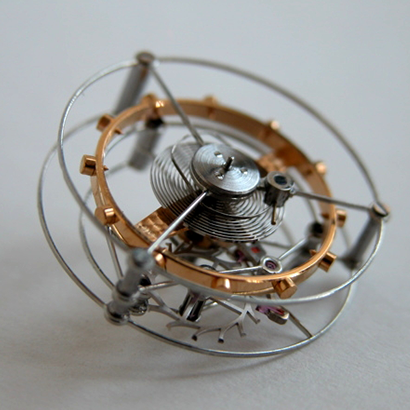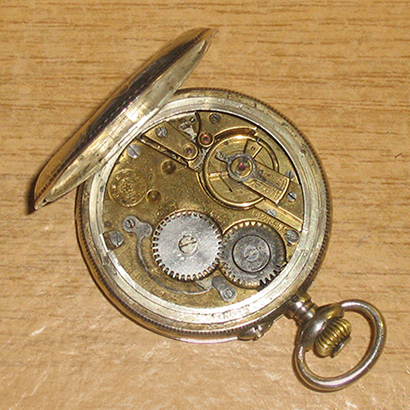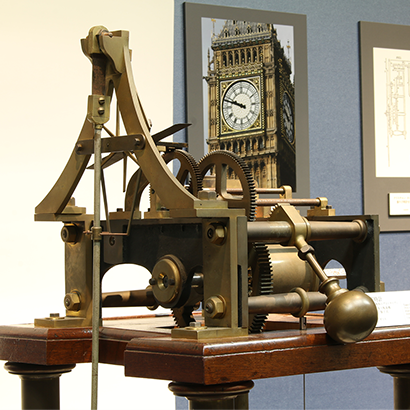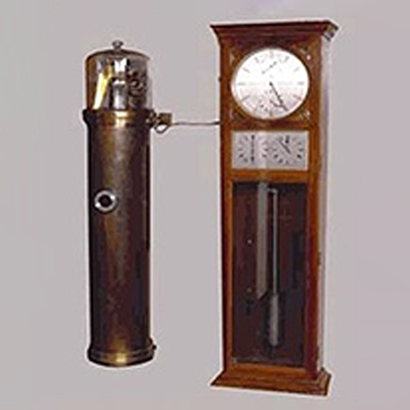The lever escapement that led to modern developments
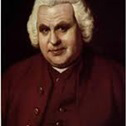
Around 1756, the English watchmaker Thomas Mudge invented a detached lever escapement (ratchet tooth lever escapement), a forerunner to the escapements still in use today.
Mudge apprenticed under Graham to become a clockmaker. Because of difficulties in processing the cylinder escapement that Graham had invented for use in pocket watches, Mudge got the idea to modify Graham’s deadbeat escapement, originally designed for clocks, and adapt it for use in watches.

However, unlike clocks, for high precision to be achieved in watches, the impulses and friction sustained by the balance wheel while being carried forward had to be minimized. To reduce these forces, Mudge separated the balance wheel and escape wheel (which were in direct contact with each other in the deadbeat design), introducing a lever between the two components to link them indirectly.
He also mounted gemstones such as rubies or sapphires on the tips of the pallets, which were subject to high wear, to improve and maintain precision.
The revolutionary invention applied to modern club tooth escapements
The simplicity of the detached lever escapement made it well suited to mass production with high precision. The mechanism was later applied to the “club tooth escapement” (Swiss lever escapement), combining a lever and an escape wheel with teeth resembling golf clubs, which gained widespread use that continues to this day.
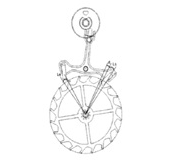
The shortcoming of the ratchet tooth lever escapement, also known as the English escapement, was that its escape wheel had pointed teeth, the tips of which would push against the pallet stones of the anchor, making both susceptible to wear. The Swiss club tooth lever, on the other hand, was able to absorb the impulse of the escape wheel with the flat surface of the club teeth, thereby reducing wear, and also had adjustable pallet stones for stabilizing precision. Because of these advantages, the club tooth superseded the ratchet tooth as the preferred shape.
Nevertheless, Mudge's basic lever escapement design was a groundbreaking innovation in the development of the timepiece industry that revolutionized the production of mechanical watches.
References
Manual of Timepiece Theory 4, Escapement. Daini Seikosha F
Hirai, Sumio, The story of timepieces. The Asahi Shimbun Publishing Service
Yamaguchi, Ryuji, Timepieces. Iwanami Shinsho



